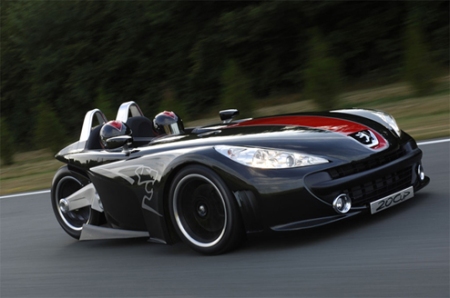
Expressing Peugeot's new alignment with sport, the 20Cup is an
innovative concept, both fun and dynamic: suggesting an elegant
synthesis between two worlds - that of the motor car by its front aspect
and that of the motorcycle by its single rear wheel. This sporty,
three-wheel roadster, shown in two examples, differentiated only by
color, promises real driving pleasure through the strong sensations it
evokes.
Confirming its presence in high-level motor sport,
Peugeot recently announced its new commitment to competition via the
LMES (Le Mans Endurance Series) Championship. The 20Cup, in a more
conventional form but drawing much of its inspiration from the saloon
vehicle, will give Peugeot the basis for the development of a strong
presence on the racing circuit. Prefiguring the stylistic
characteristics of a future model through its front aspect, the 20Cup
announces a Peugeot style that is even more incisive and feline. Radical
by dint of its low ride height and engineering solutions taken from the
world of motor sport, this concept car is built around a one-piece
carbon chassis incorporating a separate two-seater cockpit located at
road level.
The very low assembly and front transverse power
train are designed to load the front axle and lower the centre of
gravity as much as possible. The single-arm rear axle, virtually
load-free, is used only to steer this vehicle, which weighs less than
1100 lb (500 kg) and is centered on the front axle for extremely
efficient road holding.
Built aerodynamically, the 20Cup presents
a generous front-mounted air intake, with air evacuated laterally ahead
of the front wheels. On the lower body sides, profiles serve as an
aerodynamic diffuser to promote maximum bearing on the front axle. A new
engine, the fruit of cooperation between the PSA Peugeot Citroen and
BMW Group, is introduced by Peugeot for the first time at the prototype
stage on this concept car: this turbo-charged 4-cylinder petrol engine
with direct injection has sixteen valves and two overhead camshafts and
is packed with ultra-modern technical features. On this version it
develops a maximum power of 170 bhp and a maximum torque of 325 lb-ft.
The
sequential 6-speed manual gearbox has synchronizer dog teeth and is
controlled by means of paddles under the steering wheel.
For this
high-performance vehicle, the front suspension is the dual wishbone
type, with drop links and an adjustable anti-roll bar. The rear wheel is
held by a single arm with a spring/damper assembly, equipped with a
rocker arm to ensure variable flexibility. Of the three 18'' alloy
wheels, the one at the rear is the "cage" type with two removable wheel
bodies. The front tires are 210/65 R18s and the rear tire is a 377/71
R18.
This two-seater car features rack and pinion steering and a
multifunction steering wheel. It houses the control paddles of the
piloted gearbox and, in its centre, a touch screen displaying a virtual
readable image that remains horizontal regardless of the position of the
steering wheel. This screen whose image is computed according to the
steering wheel angle allows the driver for example to switch on the
headlamps and can provide driving assistance during sporty use by
showing transverse as well as longitudinal acceleration. It also
contains all of the car's operating indicators.
The metallic
black or opaque white body also has direct carbon surfaces and, on each
side, an "historic" lion's head that follows the curve of the front
wing. A central red strip decorates the car's body lengthwise.
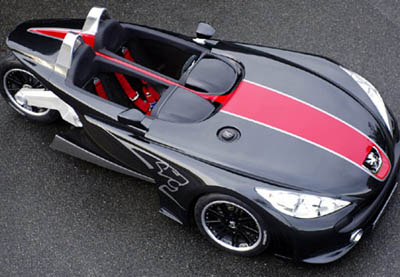
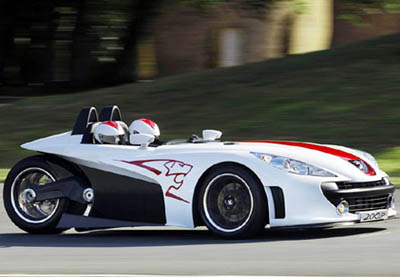
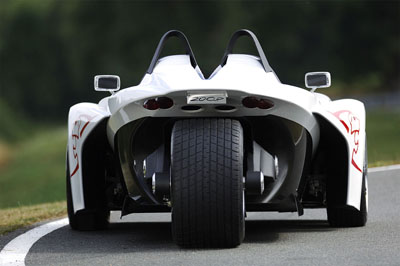
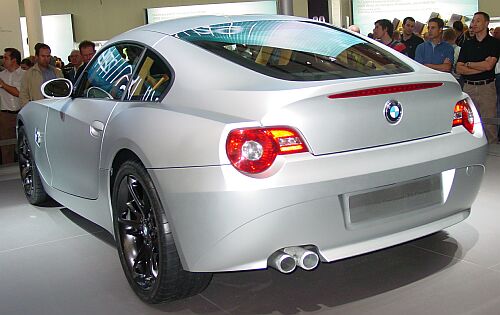
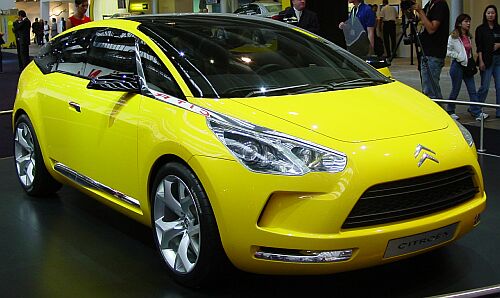
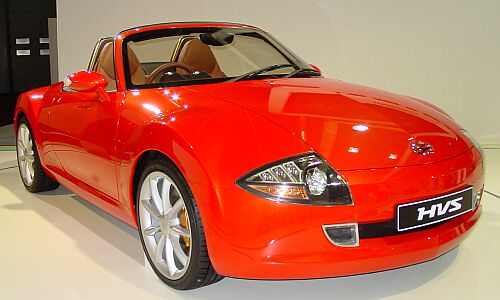
























![[Image: 403015_3057705839165_1158937033_33241534...6458_n.jpg]](https://fbcdn-sphotos-a.akamaihd.net/hphotos-ak-ash4/s720x720/403015_3057705839165_1158937033_33241534_1082716458_n.jpg)
![[Image: 20120116-veloz_1.jpg]](http://www.otomotifnet.com/spaw/uploads/image/Kanal%20MOBIL/Modifikasi/2012/1.%20Januari/20120116-veloz_1.jpg)
![[Image: 20120116-veloz_2.jpg]](http://www.otomotifnet.com/spaw/uploads/image/Kanal%20MOBIL/Modifikasi/2012/1.%20Januari/20120116-veloz_2.jpg)
![[Image: 425094_3197101883979_1158937033_33295807...5032_n.jpg]](https://fbcdn-sphotos-a.akamaihd.net/hphotos-ak-ash4/s720x720/425094_3197101883979_1158937033_33295807_119265032_n.jpg)
![[Image: 423571_3197102724000_1158937033_33295808...2612_n.jpg]](https://fbcdn-sphotos-a.akamaihd.net/hphotos-ak-snc7/s720x720/423571_3197102724000_1158937033_33295808_1383362612_n.jpg)
![[Image: 20120208veloz.jpg]](http://www.otomotifnet.com/spaw/uploads/image/Kanal%20MOBIL/Modifikasi/2012/2.%20Februari/20120208veloz.jpg)
![[Image: 20120208veloz2.jpg]](http://www.otomotifnet.com/spaw/uploads/image/Kanal%20MOBIL/Modifikasi/2012/2.%20Februari/20120208veloz2.jpg)








